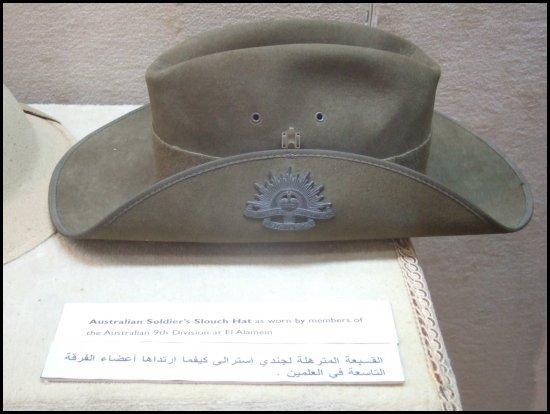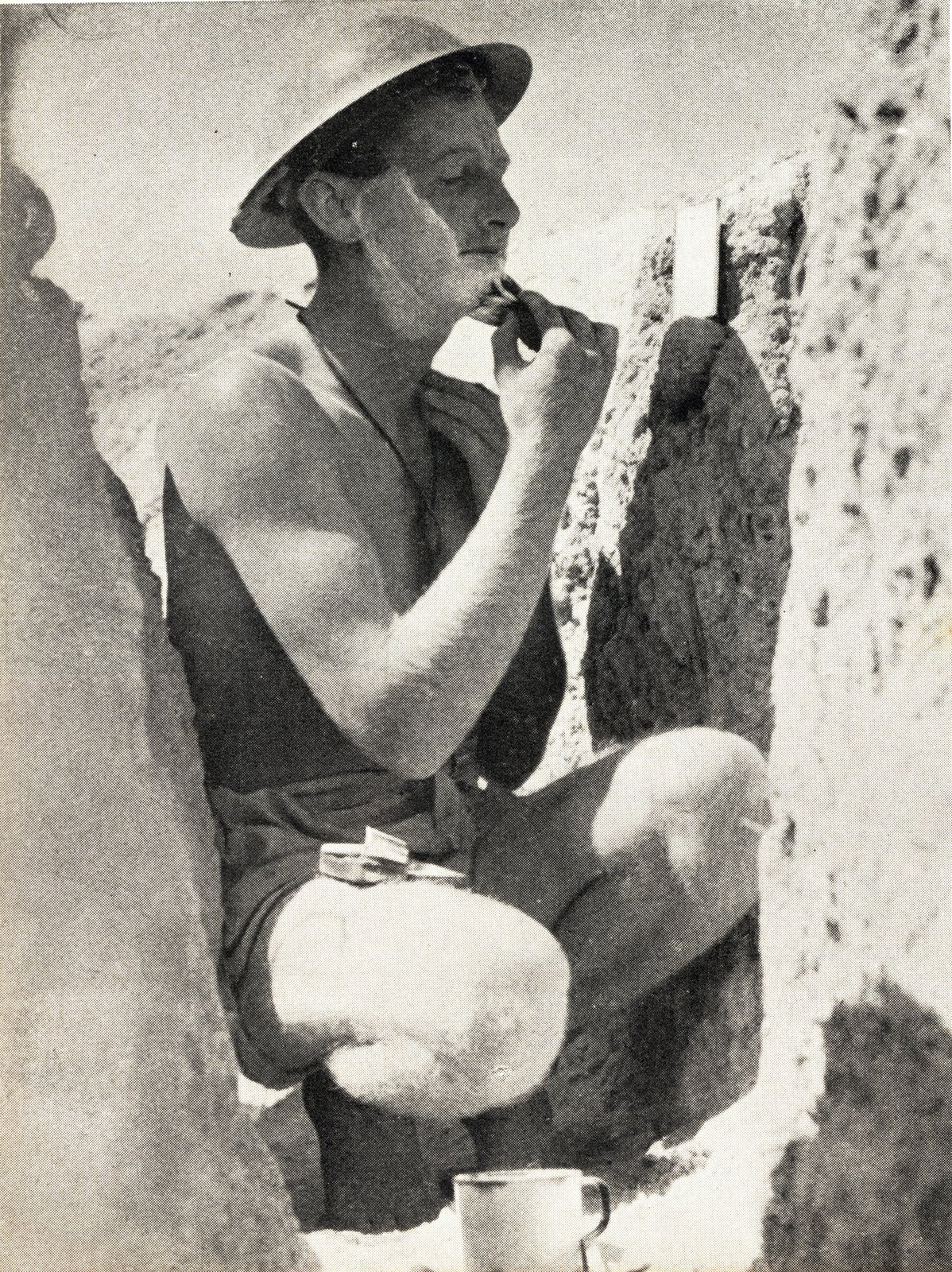A M3 Grant Tank falls victim to the "dreaded 88".
An unidentified Sgt. of the 2/3rd Anti-Tank Regiment of the 9th Division photographed the explosive aftermath of the American built M3 Grant when hit at close range by the German 88mm flak 36 Anti-Aircraft Gun. With absolute certainty the entire crew of this tank would have been killed instantly.
These 88mm Guns struck fear into the allies with their devastating effect and terrorising sound when fired. They were capable of penetrating 100mm of armour at 400 yards. By the looks of the outcome on the more heavily armoured M3 this one was fired upon by an extremely close 88. In the western desert these guns were sometimes dug into the ground to create a fixed position. An example of one of these guns is shown below.

November, 1942, Libya.
A dug in German 88mm Flak 36 Anti-Tank Gun.
Australian troops inspect the much feared German 88mm flak gun. This particular gun was dug in to the sand of the Western Desert to protect the crew from shell fire from allied tanks by creating a much lower profile.
Digging the gun in allowed the crew to fire on a distant allied tank much easier as to raise the arm of the gun up high to fire on a distant target in the flat terrain of the desert meant that you were likely to be more easily targeted with return fire. A smaller profile meant you were a smaller target and therefore, in theory, much harder to hit.
For the crew of this 88, the theory was disproven as when Australian troops arrived to inspect the gun they found the entire crew buried nearby.
images p01393.010 and 040977 Australian War Memorial.











